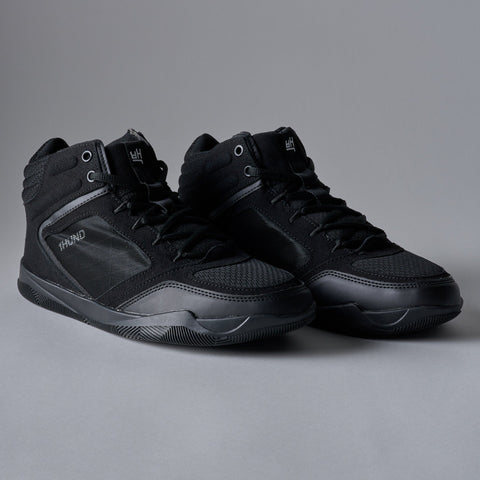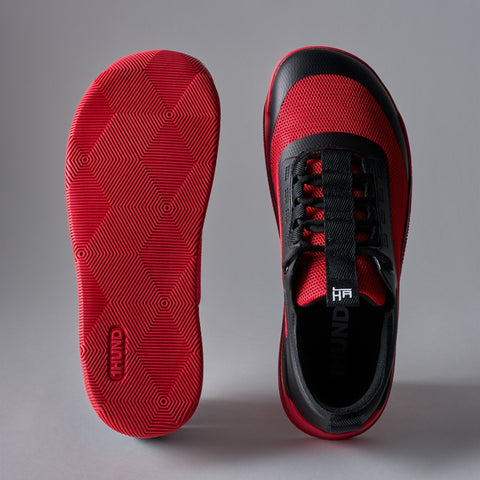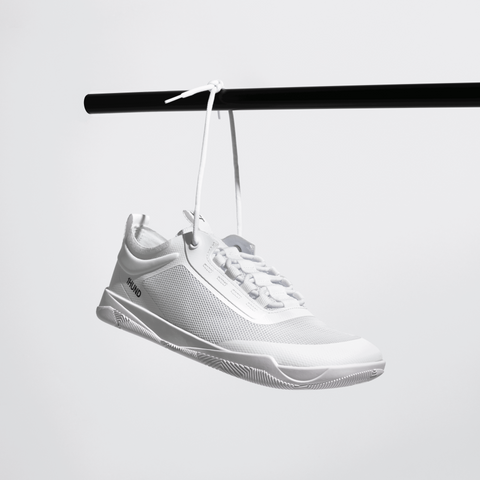
The Best Shoes for Deadlifts: Why Barefoot Wins
When it comes to maximizing deadlift performance, footwear choice matters more than you think. Barefoot, or minimalist, shoes offer undeniable benefits over traditional athletic footwear, and here's why lifters are going barefoot.
What Makes the Ideal Deadlift Shoe?
-
Zero-drop, thin sole: Keeps you grounded, keeps barbell closer to the floor
-
Hard, non-compressible sole: Enhances force transfer
-
Wide toe box: Encourages natural toe splay and stability
-
Minimal padding: Elevates proprioception and balance
Science Says Barefoot Deadlifting Improves Performance
Greater Stability & Proprioception
Barefoot lifting enhances ground feedback, improving balance and reducing micro-shifts under load, key for maintaining a consistent bar path.
Shorter Range of Motion = Less Work
Studies show lifting with barefoot shoes reduces bar travel by 0.5–1.5″, decreasing total work and energy output per rep.
Faster Force Application
Research indicates raised heel shoes have a slower rate of force development (RFD) and less efficient force transfer versus barefoot.
How Barefoot Shoes Improve Deadlift Mechanics
Firm Platform – eliminates soft midsoles that steal power
Better Toe Engagement – wider toe box allows tripod stability
Enhanced Posterior Chain Activation – shifts load from quads to glutes and hamstrings
Sharper Force Transfer – no cushioning = direct transfer of power to the bar
Transition Tips for Lifting Barefoot
Start gradually: warm-up sets or lighter days
Focus on foot engagement: push through big toe, pinky, and heel—building tripod strength
Monitor volume: soreness is normal; sharp pain is not
Final Verdict
Barefoot or minimalist shoes provide lifters with:
-
Better grounding and balance
-
More efficient lifts with reduced work per rep
-
Stronger force production
-
Improved foot activation and stability
If you're serious about improving deadlift performance, it’s time to rethink footwear.







